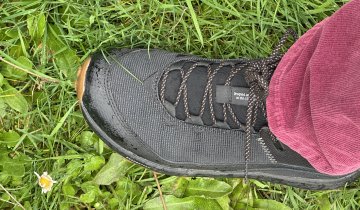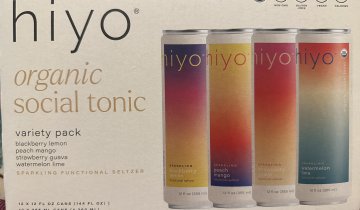After Jessica Rose got interested in acupuncture a few years ago, she discovered acupressure mats. She liked the sensation an acupressure mat gave her, but wasn’t satisfied with their appearance or composition. “They were something you wanted to hide under the couch,” she said. “They didn’t look that nice.” And the outgassing from their foam innards gave her a headache.
So the architecture and urban planning consultant decided to take matters into her own hands and create a better acupressure mat. “We wanted to design something more ecofriendly,” she said. She and partner Matthew Hall founded the Vancouver, British Columbia based Dosha Mats.
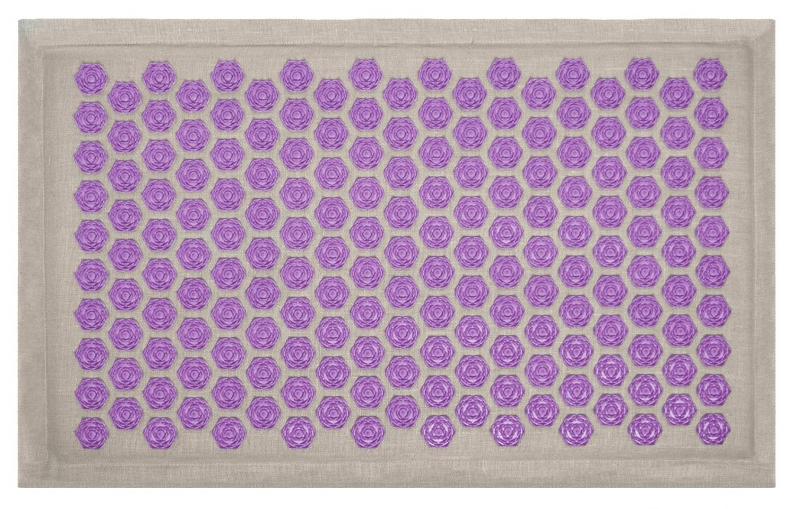
The Dosha acupressure mat. Photo courtesy of Dosha Mat.
The low-down on Dosha’s acupressure mat
Jessica sent me a Dosha acupressure mat so that I could try it out for myself. The first thing that struck me as I unpacked it was how sharp the points are! All the better to stimulate your merdians. The Dosha acupressure mat is made of linen that’s filled with coconut fiber. It’s topped by little toxic-free surgical plastic lotus flowers with more than 4,500 acupressure points. The idea is that they poke you right in your meridians, the energy pathways that connect different points in your body. Yogis know the meridians as nadis, and claim the body has 72,000!
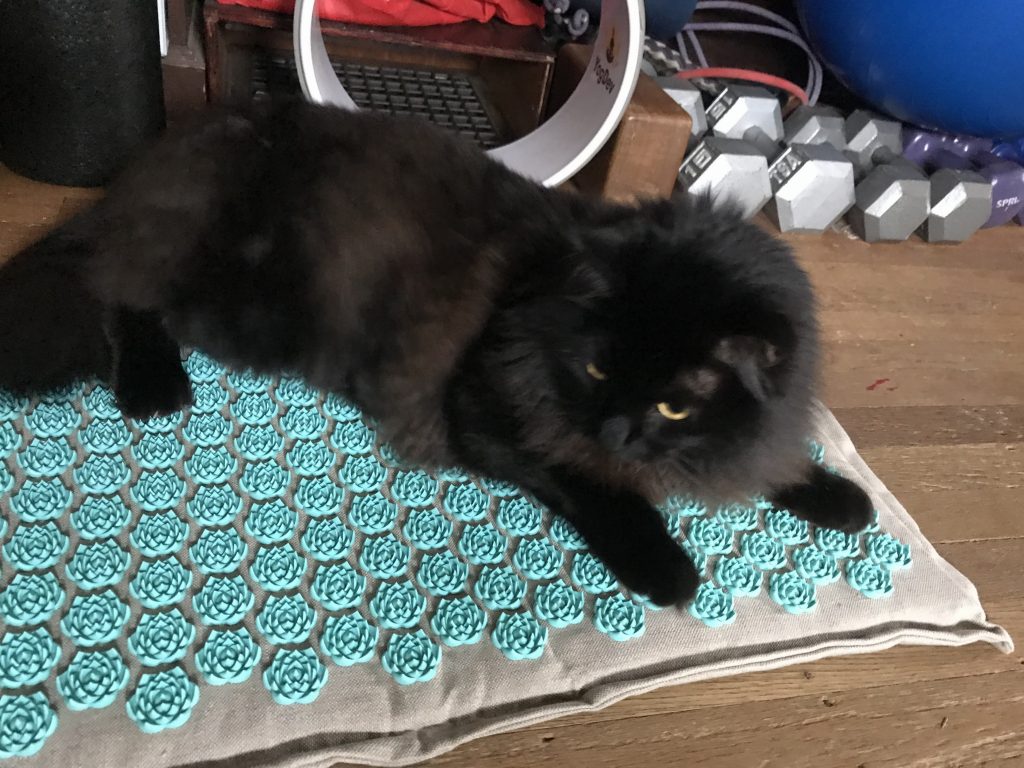
Lucifer tries out the Dosha acupressure mat.
These are just a few of the benefits that Dosha claims users may experience:
- Reduction of pain and soreness
- Deep calm and relaxation
- Reduction of stress and anxiety
- Improved sleep
- Increased circulation
- Increased energy levels
- Alleviation of arthritis and fibromyalgia
- Faster recovery after workouts
Jessica and Matthew have designed an attractive acupressure mat in a natural linen color. You can choose between purple and turquoise lotus flowers. Workers manufacture the Dosha mats in India.
How to use an acupressure mat
The second thing that surprised me about my new Dosha acupressure mat is that it’s not very big. I’m so used to yoga mats that I seem to think that’s the standard size of any mat. The acupressure mat is designed so that if you lie down on it can stimulate your back. Or you could put it on a chair to simultaneously ease your glutes and low back. Standing on it provides relief to your feet. “For many of us, our feet don’t get much attention,” Jessica told me. “But there’s a lot of stress on them.”
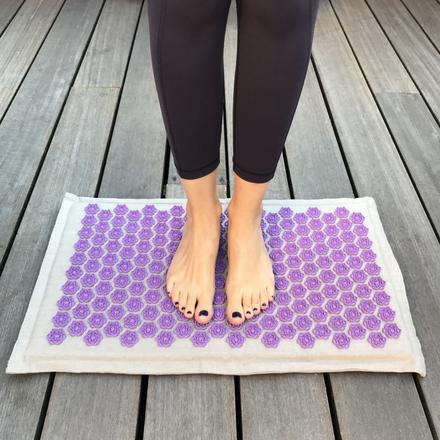
Sharp! Photo courtesy of Dosha mats.
New acupressure mat users will want to work up to the bed-of-nails feel. “When you start, wear your clothing or a thin layer or a thin towel if you’re not used to the sensation,” Jessica said. “Standing on the mat is the most intense way to use the mat, because your whole weight is on it. Especially with standing, some people prefer to wear socks.”
I’ve just graduated to bare skin on the mat. A session with my mat starts out as a very sharp experience—not exactly pleasant. But after a few minutes, I get used to all those little points and it feels calming and peaceful. My husband has also been experimenting with the Dosha acupressure mat, and credits it with helping his hip pain.
Do you need a Dosha acupressure mat?
To find out more about Dosha, follow them on Instagram, Facebook, Twitter, and Pinterest with the handle @doshamat and the hashtag #doshamat.
Teresa Bergen owns the Veg Travel & Fitness site. She’s a long-time yoga teacher and certified as both a personal trainer and a health coach by the American Council on Exercise. Teresa is a member of the Society of American Travel Writers and the Wellness Tourism Association, and is the author of Meditations for Gym Yogis.

